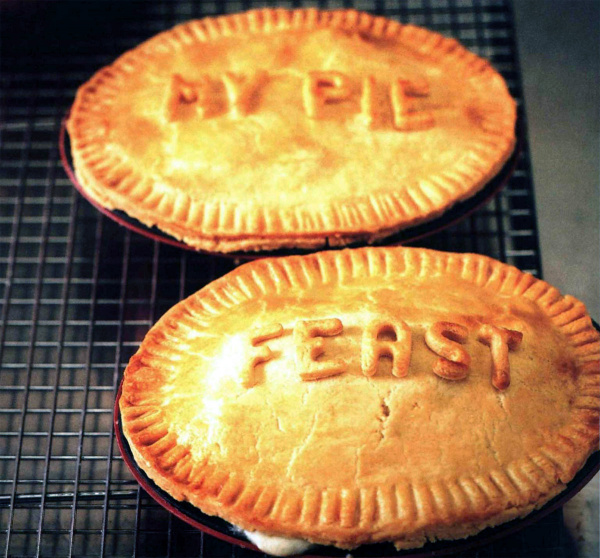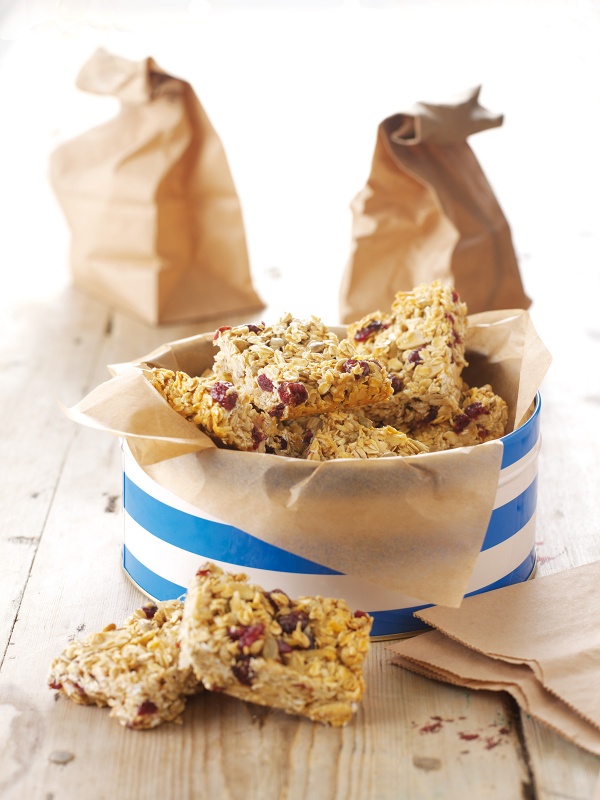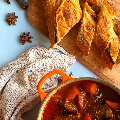Preventing Pastry Shrinkage
Asked by chunkandp. Answered on 19th August 2011
Full question
How do you prevent pastry from shrinking when cooked? I refrigerated the pastry before rolling it out. I refrigerated it again after rolling it out and putting it in the pie tin but it still shrank when cooked. It happened to my savoury shortcrust and my sweet shortcrust pastry.
Our answer
Shortcrust pastry (pie crust) shrinks when baked as the glutens in the flour tend to contract in the heat of the oven. These glutens are protiens in the flour which form into strands when the flour is mixed with liquid. Whilst you cannot get away from some gluten formation when making shortcrust pastry, liquid and kneading will tend to strengthen the glutens in the dough and you can to some extent control these.
Butter contains more water than lard or vegetable shortening so you will tend to get a flakier pastry if you can use half butter and half vegetable shortening and only rub the fats into the flour until the mixture looks like fine breadcrumbs (whether by hand or in a food processor). Most recipes state the amount of liquid to add to form the pastry dough but we suggest that you don't add all of the liquid at one go - add half to three-quarters first and see if the pastry binds together with this amount, if not then add the remainder a little at a time, checking the dough between each addition. When you add the liquid mix it in quickly with a palette knife (metal spatula), or pulse the dough a few times in a food processor, until clumps form then press a few of these clumps together with your fingers - if they hold together easily then you should have added enough liquid, if there are slill dry patches then add a little more liquid. Turn the dough clumps out on to a worktop and bring them together gently to form a smooth dough (try to avoid kneading the dough). If using a food processor try not to process the dough into a ball as this will tend to toughen the glutens.
Resting the dough after mixing is a good idea but it is more important to rest and chill the dough after rolling and before baking, as rolling out the dough will again tend to toughen the glutens and resting after rolling will gibe them a chance to relax slightly. If you are baking the pastry case "blind" (without a filling) then line it with greaseproof paper or parchment paper and fill it with baking beans, pie weights or rice as these will tend to support the edges of the pie crust and reduce shrinking. Remove the weights and paper for the last few minutes of baking to allow the base of the crust to dry out properly.
Most chefs also like to leave a small pastry "overhang" above the top of the pie tin, particularly if baking blind, as any excess can then be trimmed off with a sharp knife after baking, leaving a perfectly-sized crust.






Tell us what you think
Thank you {% member.data['first-name'] %}.
Explore more questionsYour comment has been submitted.